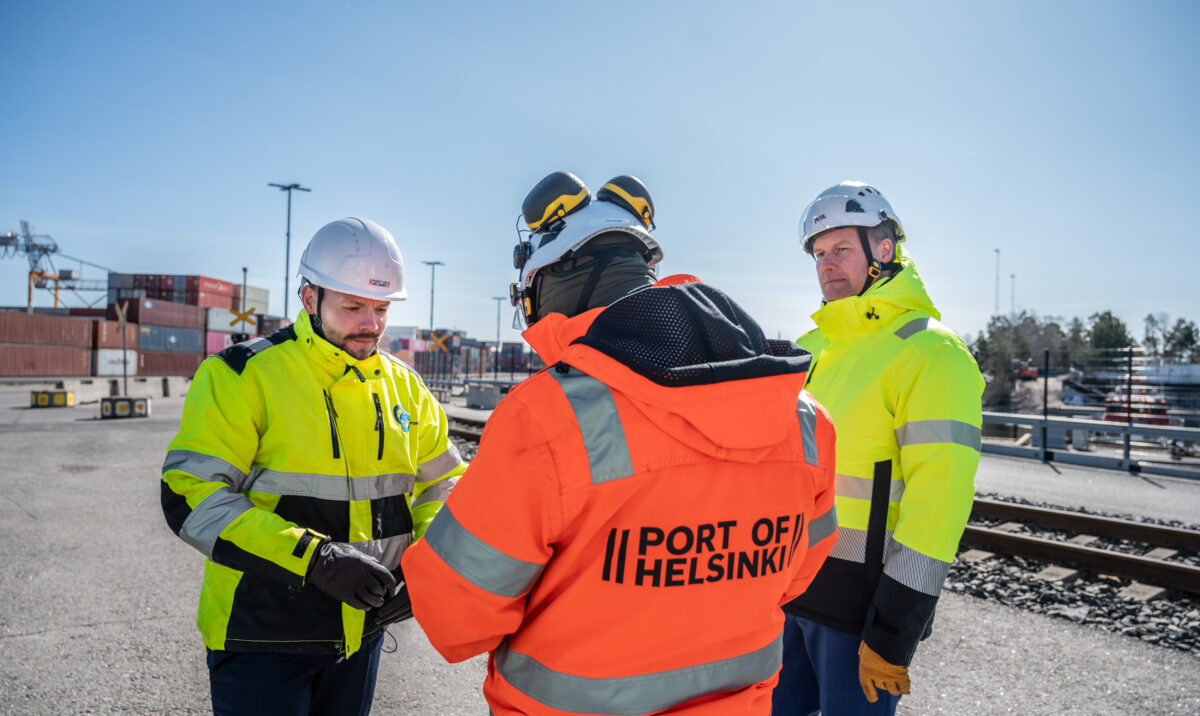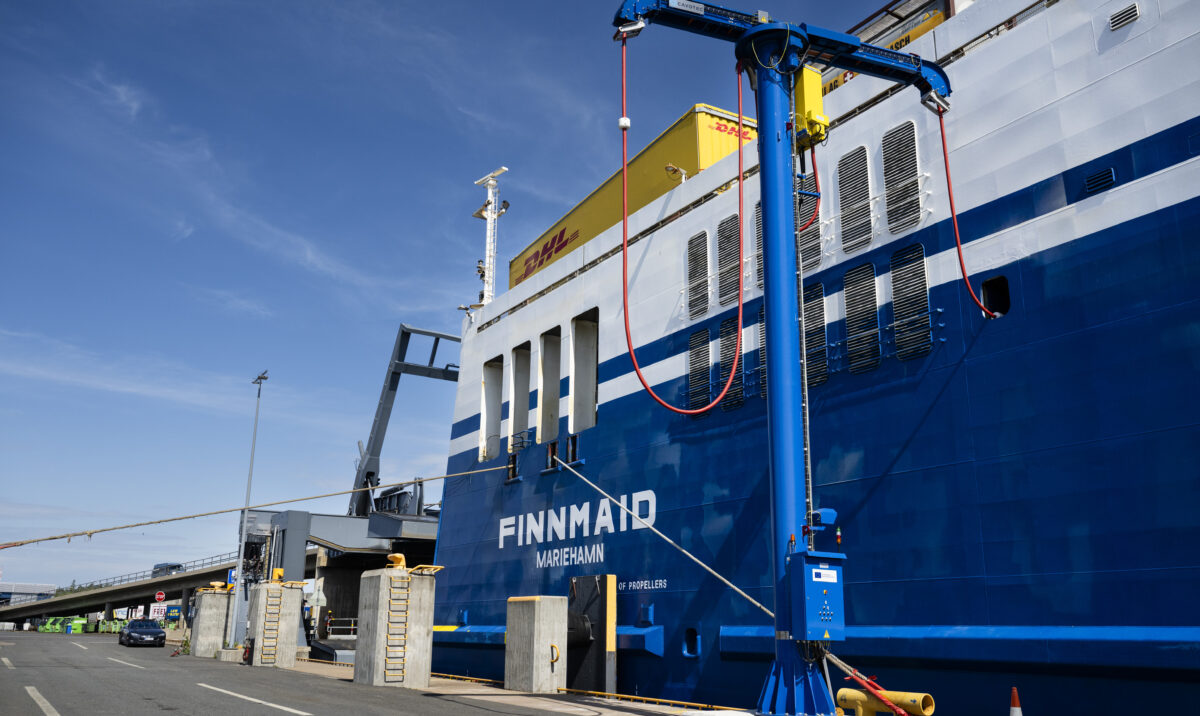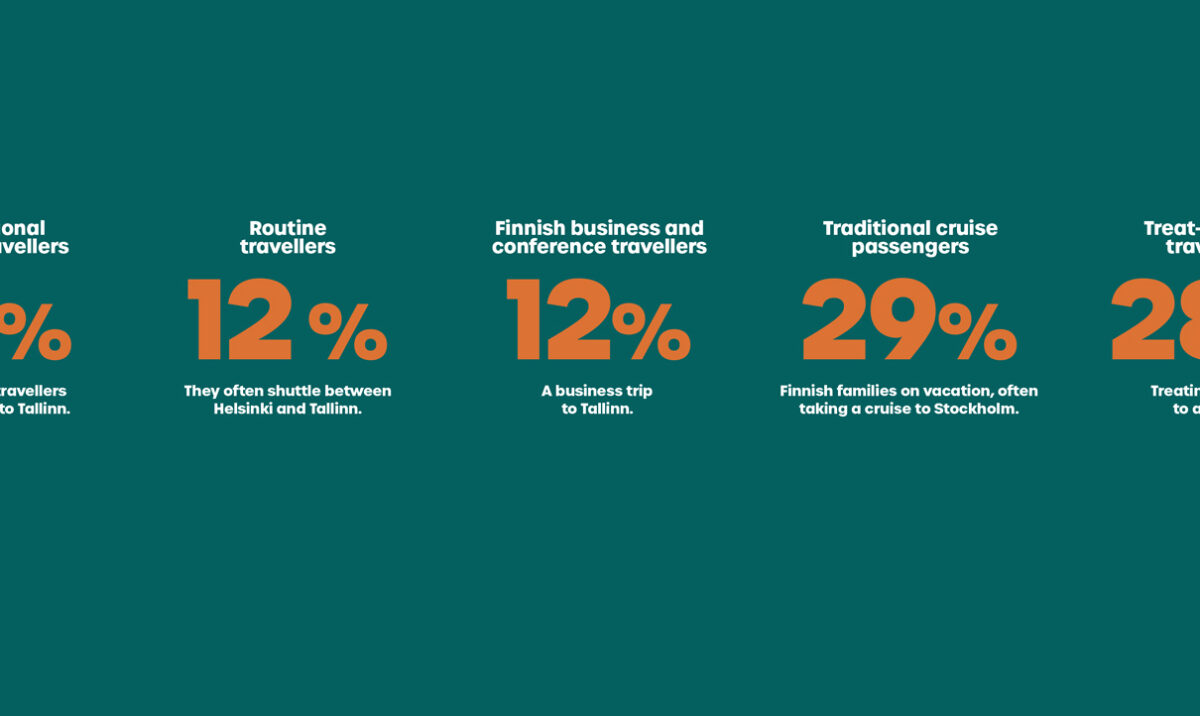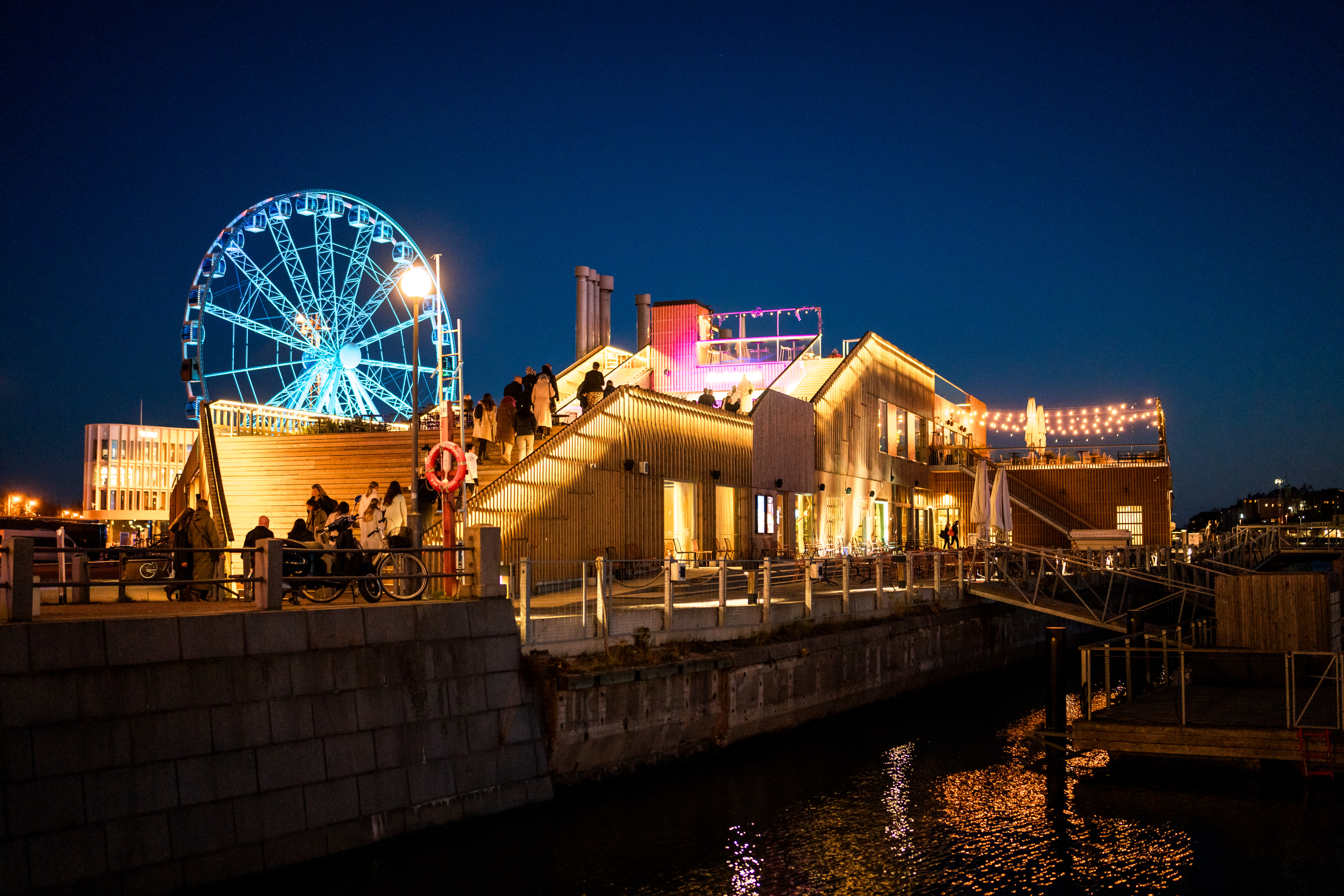
The Baltic Sea is reinventing itself as a tourist destination
Russia’s war of aggression in Ukraine changed the routes of international cruise ships. With Saint Petersburg off the routes, travel to other Baltic ports also decreased. Now is the time to show what the pearls of the Baltic have to offer.
Though autumn in Helsinki is still warm at the end of October, Santa Claus is already greeting an international crowd at the Allas Sea Pool restaurant. Cruise Baltic Summit guests from shipping companies, ports, destination cities and the tourism industry are at the table. This year, the autumn meeting was held in Helsinki, hosted by the Port of Helsinki and the City of Helsinki. Guests have come from all over the world to discover the wonders of the Baltic Sea.
Last night’s sauna and a dip in the fresh sea at Löyly, on the other side of Helsinki, have appealed to the bravest of us. The food is good and the Finns are friendly.
It all builds the story of a tourist destination where it is worthwhile for cruise ships to come in the future. This is important, as the pandemic and Russia’s war of aggression in Ukraine have rerouted cruise ships, and consequently there have been fewer arrivals at Baltic ports. Now it is hoped that the tourists will return, and these professionals are key players in making routing decisions.
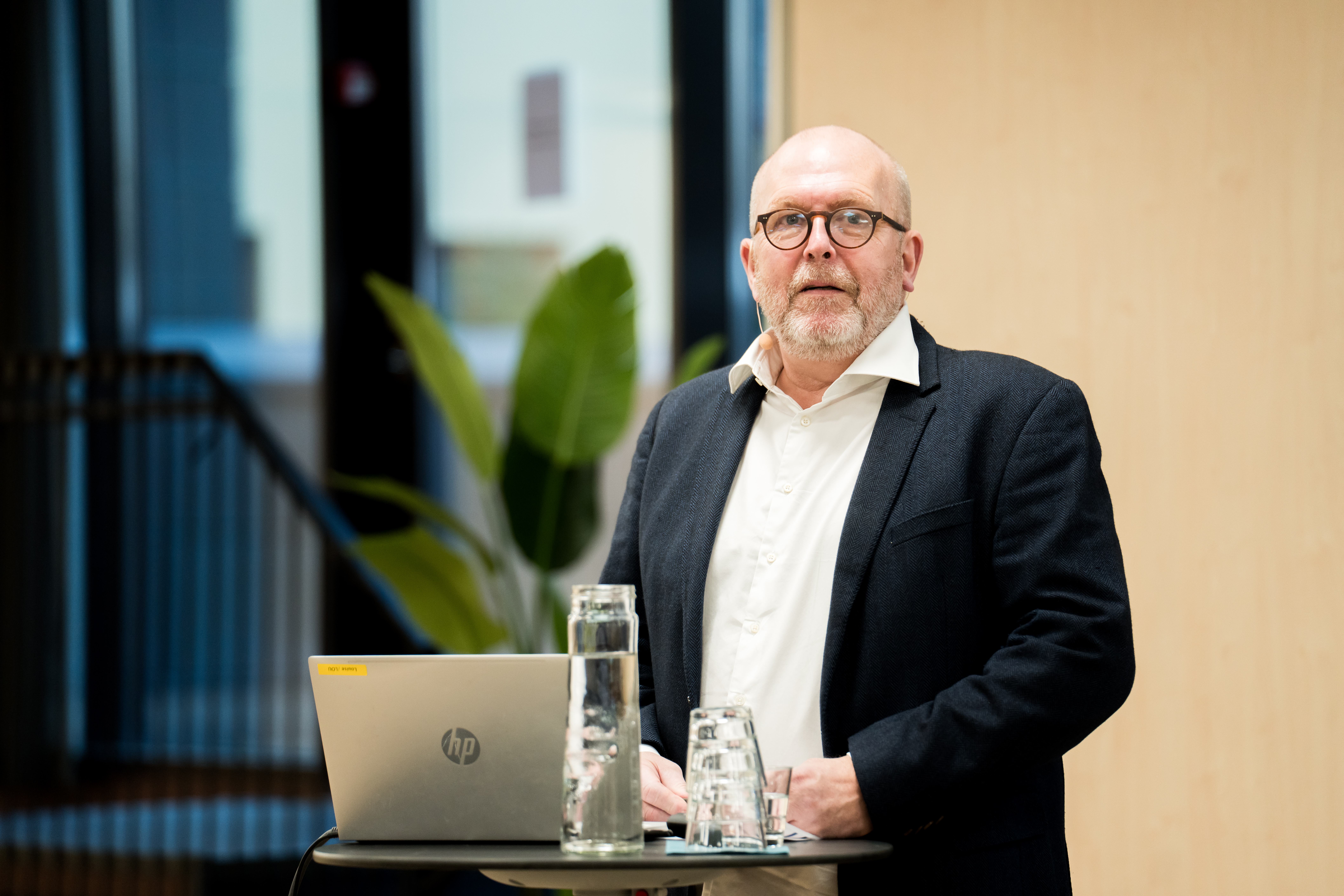
“In the past, the attraction was Saint Petersburg. The metropolis, long sealed off behind the Iron Curtain, attracted cruise ships to the Baltic Sea from all over the world and to the ports of smaller countries in the process. Now that Saint Petersburg is off the cards because of the war in Ukraine, we need to attract cruise ships here in a new way,” says Klaus Bondam, the Danish director of Cruise Baltic.
A new story about the Pearls of the North
Cruise Baltic was launched 20 years ago as an EU project to get ports and tourist destinations to work better together to promote and develop tourism. Now, cooperation is truly needed.
“We need to tell everyone that this region is more than Saint Petersburg. The challenge is that cruise passengers, especially American ones, don’t necessarily know Stockholm or Copenhagen or know how to place them in the right countries,” says Bondam.
The narrative is not anchored in the names of the Baltic Sea, the Baltic or even Scandinavia. Instead, tourists are lured in by stories about the secrets of Northern Europe. It gives a sense of where on the map we are talking about.
“The Baltic Sea is surrounded by nine countries, nine very different languages and cultures and 32 different ports and destinations. There are many stories to tell, but it takes work,” says Bondam.
Russia puzzles tourists
The participants in the seminar will support Bondam. Russia’s absence from the destination list is unfortunate, and at the same time its proximity is unnerving.
“The absence of a highlight, Saint Petersburg, is a challenge. However, the other destinations are interesting and all of them have good reviews,” says Christina Mesquida, MSC Cruises’ shore excursions product development manager.
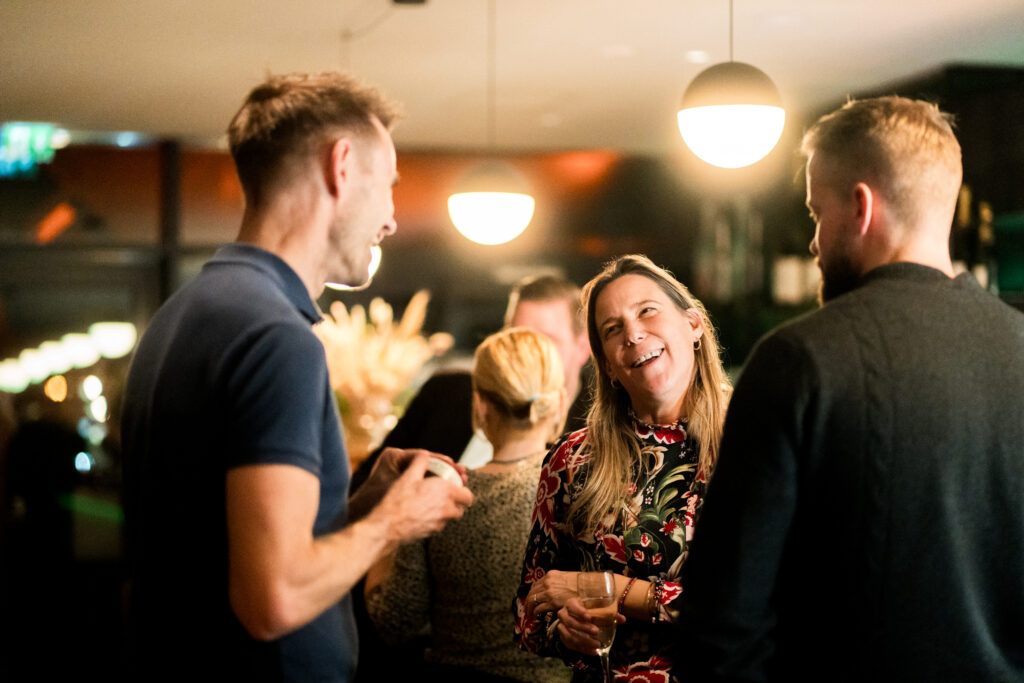
MSC Cruises is headquartered in Geneva, Switzerland, but offers cruises with service in five official languages: English, German, Italian, French and Spanish. In the future, service will also be provided in Portuguese as a sixth official language. The destinations must provide services in these languages. This is not an issue in Helsinki, though the same cannot necessarily be said of all Baltic ports.
An additional challenge is the size of the ports and the strict rules and regulations, as the Baltic Sea is classified as a special area.
Safety is also an issue; looking at the map, Russia and Ukraine are close by. The Americans are slowly returning to the Baltic, but the proximity of war makes them nervous. According to Bobbie Jo Barker, head of Northern European destinations for British-American Princess Cruises, it already feels safer.
Her colleague Tylean Tucker believes that cultural heritage, adventure and experience are the North’s trump cards, along with cooler air and a responsible lifestyle.
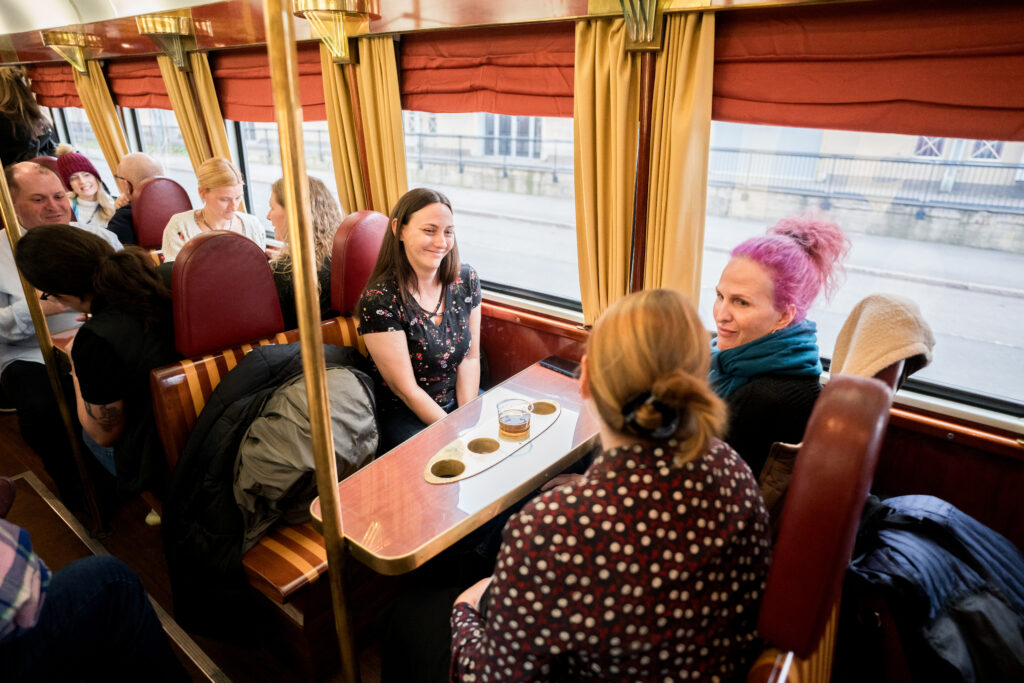
“Surveys show that 60% are willing to pay more if the destination is known to be responsible,” says Tucker.
Sight Seeing or Society seeing
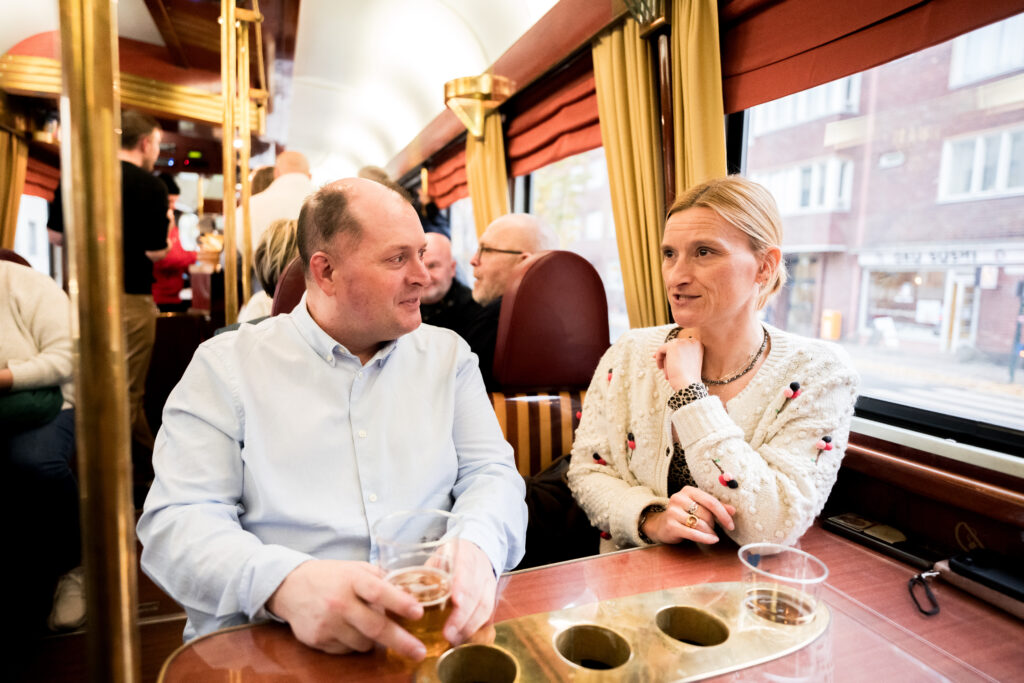
Charlotte Krantz of the French Ponant shipping company, which organizes luxury cruises, promises that cruise ships will come to the Baltic Sea. “Our customers want new experiences they haven’t experienced yet. For example, cooking courses for local food, architecture, design, countryside and sports activities,” she lists.
Bondam points out that the Baltic Sea will always be a niche tourist destination. In Southern Europe, the sun shines, which for some holidaymakers may be the only attraction they need. Those who are interested in the Baltic Sea countries are those who have a connection to the region or want to experience something new.
“These people are interested in history, culture, art, people and diversity. Around the Baltic Sea, we have created societies that we can be proud of and others can learn from,” says Bondam.
He says it is essential to integrate visitors into the city and the area they are visiting. In Bondam’s home city of Copenhagen, the Copenday campaign has been a huge hit. For example, if you go to the National Art Gallery on your bike and take a picture with your parked bike, you get a vegetarian meal and free entry to the museum.
“The campaign encourages locals and tourists to make better choices and engage in local sustainable lifestyles. Instead of sightseeing, they can look at society,” says Bondam.
It’s all part of the authentic experience and inclusiveness that are the trump cards for tourists.
“In big cities in Southern Europe, tourists are not wanted in the city, but we don’t have that problem. Our ports and destinations welcome tourists. In smaller places, there can even be a festive atmosphere when travellers arrive,” says Bondam.



